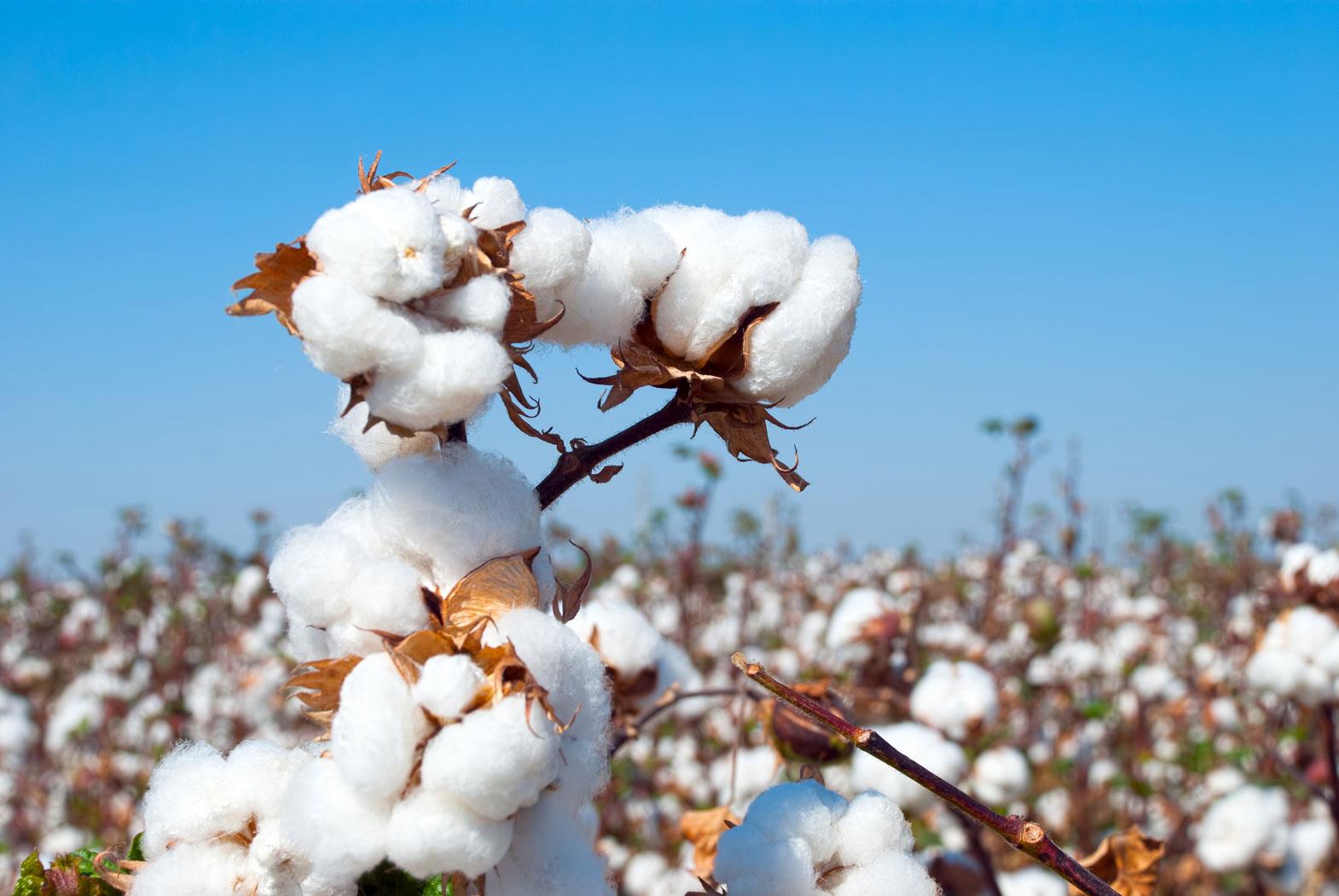World raw cotton prices have continued to move within fairly narrow margins during the two months. The Cotlook A Index has fluctuated either side of the US$1.00per lb mark - still a high value by historical comparison.
That prices should have been sustained at such a level may seem surprising, given the recent direction of global supply and demand fundamentals. The sharp contraction of demand during the 2010-11 season meant that a net addition to world stocks occurred during that season, in contrast to earlier expectations of a further reduction. Consumption has declined modestly further during the current, 2011-12 season, whereas production, stimulated by recent price levels, seems poised to set a new record. As a result, world supply is forecast to expand this season by a massive four million tonnes.
In February, Cotton Outlook published initial (and, at this early stage, necessarily very tentative) forecasts of production and consumption during the 2012-13season. Despite a reduction in production forecasts and an increase in consumption, supply is projected to exceed demand for the third successive season.
The upshot is that current statistics point to an addition to world supply, over the three seasons described in excess of seven million tonnes.
World prices would no doubt by now already have succumbed to the weight of that excess supply, were it not for the creation by China of a de facto buffer stock. Habitual readers of this column will know that, under the system implemented for the first time this season, Beijing is committed to purchasing from the domestic crop, between September and March, at a predetermined intervention price of 19,800 yuan per tonne (roughly equivalent, when taxes and other adjustments have been taken into account, to 120 US cents per lb, cost and freight China).
With the procurement process almost at an end for this season, over three million tonnes have been brought under the control of the state reserves corporation,in addition to imported cotton estimated at perhaps a further one million tonnes.
The question now exercising the market is: what happens now? The acquisition of what by any measure is a huge volume of cotton does not of course remove it from the global balance sheet. While the strategic objectives of Chinese policy are fairly clear - support production and promote market stability - the manner in which policy-makers choose to pursue those twin goals has yet to become clear.
Although replenishment of the depleted state reserve is doubtless considered desirable from the government's perspective, observers doubt that the entire volume purchased can be retained beyond this season. A reserve price for next season has already been announced (some three per cent higher than this season's value), and it is presumed that, on logistical and perhaps financial grounds, some room must be made for the supply that the government is committed to procure between September 2012 and March 2013.
One hypothesis is therefore that Beijing will opt to restrict new import quotas, and thereby the supply of foreign cotton to mills over the coming months, in order that the local market can rise toward the intervention price, and a part at least of the cotton can be fed back to the market, the Chinese exchequer incurring little or no 'trading loss' in the process. This course would deprive the global market, during the coming months, of its major source of recent import demand.
The implications of a slowdown or even total absence of Chinese demand are clearly not bullish. But, selling pressure from most origins may not immediately be brought to bear on the market, since (not least as a result of earlier Chinese buying); the 2011-12 crops are already well committed in most major exporting countries. India has for the time being suspended further exports (though considerable unsold quantities remain in transit or on consignment). Much of the available, uncommitted supply resides in Central Asia, where the effect of rigid, state inspired marketing systems has been to limit the volumes moving into export marketing channels so far this season.
As
for the demand side of the market, outside China, most mill buyers have shown
extreme reluctance to depart from a hand-to-mouth approach to covering their
requirements. This no doubt reflects their risk-aversion following the
volatility of the past 18 months, the awareness that global supplies have been
rising, and the lack lustre nature of demand from the downstream textile
sectors. But the consequence has been that few spinners are well covered for
the II and III quarters of 2012.
The foregoing factors may, at least in the short term, restrict downward pressure on the market. But if world supply and demand fundamentals remain bearish by the time the movement of the main Northern Hemisphere crops is imminent in the later months of this year, it remains to be seen whether cotton at or near a dollar will prove sustainable.
This article was originally published in the "New Cloth Market", June, 2012.








Comments